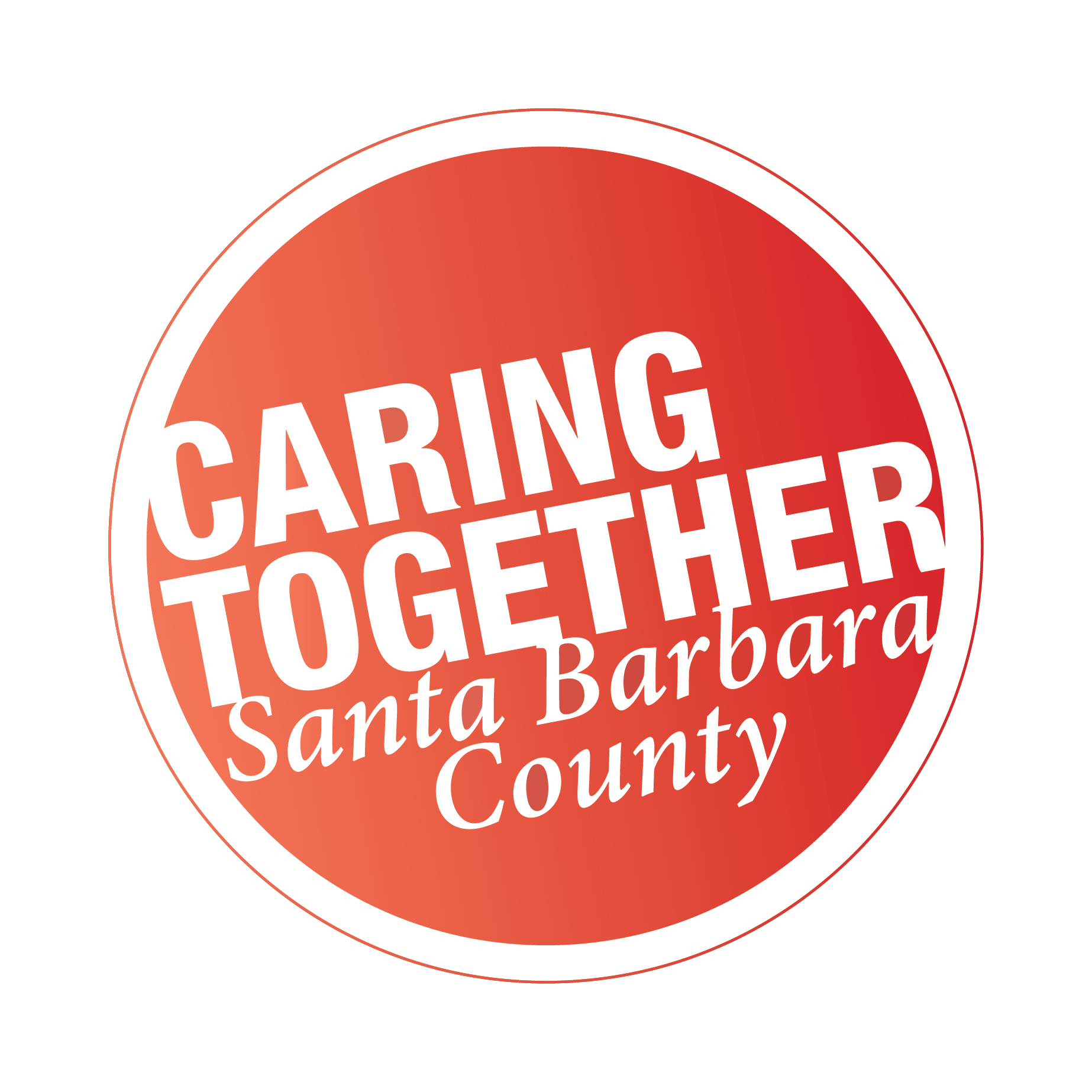Planning for the future is important, especially when it comes to your healthcare decisions. One way to ensure your wishes are respected if you become unable to make decisions for yourself is by creating an advance care directive (ACD). For residents of Santa Barbara County, understanding and setting up an ACD can offer peace of mind for you and your loved ones.
What is an Advance Care Directive?
An advance care directive is a legal document that allows you to outline your preferences for medical treatment if you’re unable to communicate those wishes yourself due to illness or injury. It often includes two key components:
- Living Will – This details the types of medical treatment you do or don’t want, such as life-sustaining measures like ventilators or feeding tubes.
- Durable Power of Attorney for Healthcare – This allows you to appoint someone, known as a healthcare proxy or agent, to make decisions on your behalf when you can’t.
Why is an Advance Care Directive Important?
Having an ACD ensures that:
- Your healthcare preferences are respected. This reduces uncertainty for your family during tough times.
- You relieve loved ones of the burden of making difficult decisions without knowing what you would want.
- You maintain control over your care even when you’re unable to communicate.
How to Create an Advance Care Directive in Santa Barbara County
- Complete the form – The California Advance Health Care Directive form can be downloaded from the state’s website or obtained from healthcare providers in Santa Barbara County. You can also get help creating an ACD, at your primary care clinic. Forms are available at Cottage Health, Sansum Clinic, Dignity Health, and Hospice of Santa Barbara. Legal aid services or estate planning attorneys can also assist with the process. You’ll need to specify your healthcare preferences and designate a healthcare agent.
- Hospice of Santa Barbara also has workshops where you can learn more about this important document.
- Get it signed – In California, your ACD must be either notarized or signed by two witnesses. Make sure these witnesses are not your healthcare agent or a relative.
- If you or your loved one is a resident in a Skilled Nursing Facility, an Ombudsman has to sign as a witness in the Special Witness Requirement section. To contact the Santa Barbara Ombudsman’s office please call (805) 922-1236 or send an email to LTCO@fsacares.org.
- Distribute copies – Once completed, give copies to your healthcare agent, your doctor, and your family. You should also keep one for yourself in an easily accessible place.
- Another voluntary form related to medical decision is the POLST (Physician’s Orders for Life Sustaining Treatment). Your primary care physician can tell you more about it.
Can You Update or Cancel Your Advance Care Directive?
Yes! You can update or revoke your ACD at any time as long as you are still of sound mind. Make sure to communicate any changes to your healthcare agent, doctor, and loved ones.
By setting up an advance care directive, you take a vital step in ensuring your healthcare wishes are respected. It provides peace of mind not just for you, but for your loved ones during what can be difficult moments. Take control of your future healthcare decisions today.


